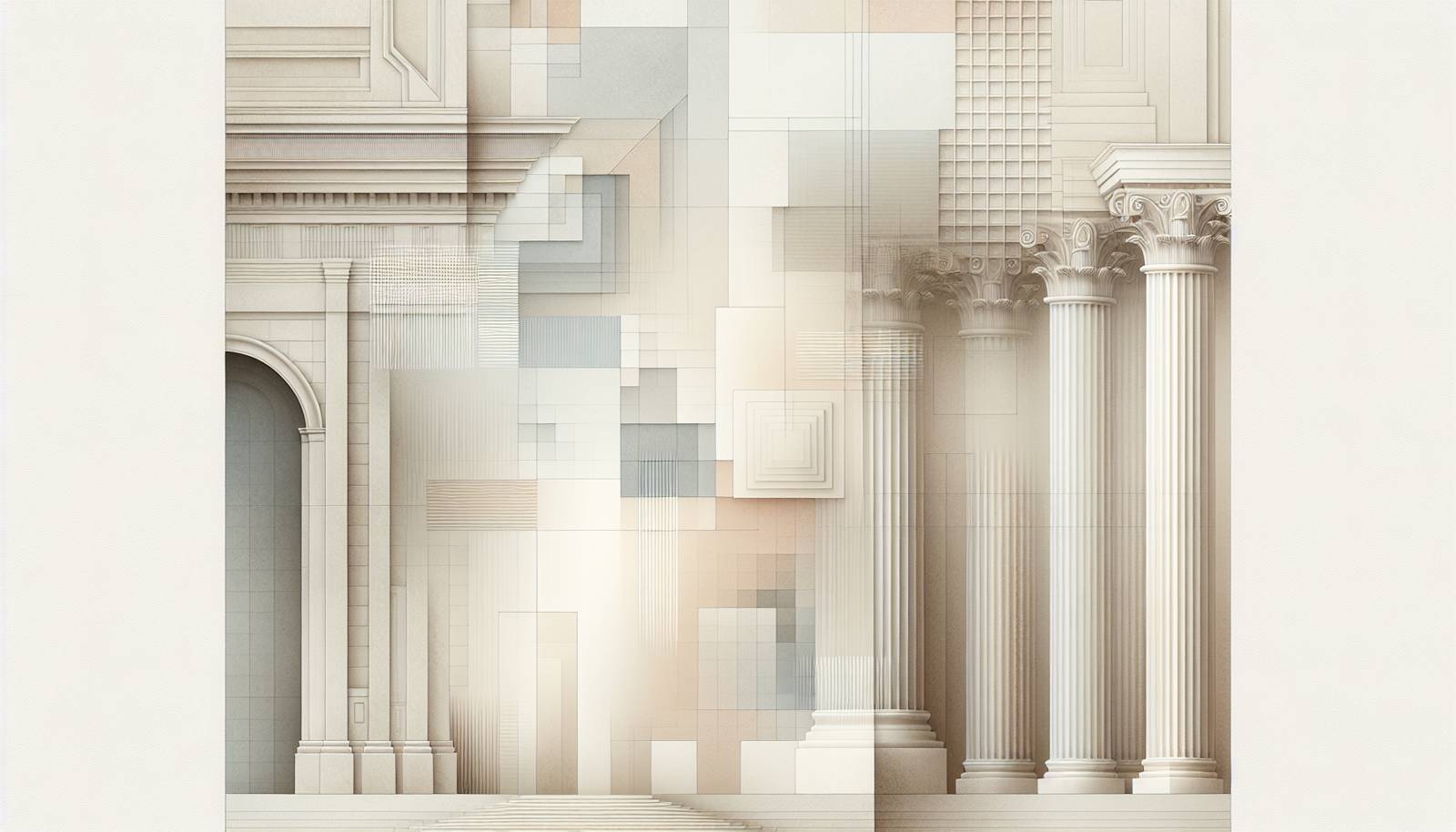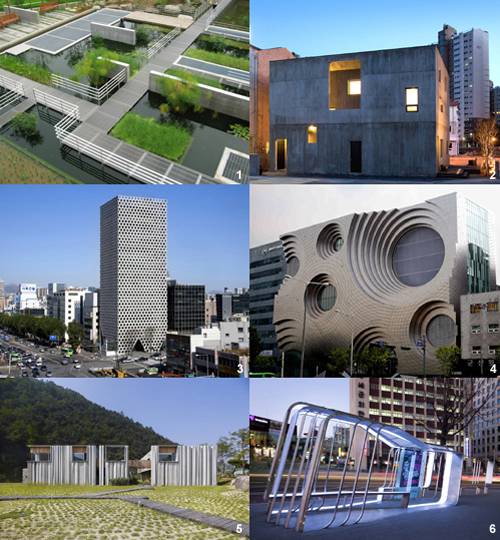
FAQ About The Role of Classical Architecture in Contemporary Urban Design

What is classical architecture?
Classical architecture refers to the architectural style that has its roots in ancient Greece and Rome. It is characterized by its use of symmetry, columns, and elaborate ornamentation. Key features often include the use of the Doric, Ionic, and Corinthian orders, and an emphasis on proportion and harmony in design.

How has classical architecture influenced contemporary urban design?
Classical architecture has influenced contemporary urban design by inspiring emphasis on symmetry, proportion, and the use of timeless materials like marble and stone. Many modern buildings incorporate classical elements such as columns, pediments, and domes, which add to their aesthetic appeal and reinforce their longevity. This influence can be seen in public buildings, museums, and even residential structures in contemporary cities.

Why do architects still use classical architecture elements in modern design?
Architects continue to use classical architecture elements in modern design because these elements embody a sense of timelessness, beauty, and order. Classical forms are often associated with cultural prestige and historical continuity, adding a sense of permanence and significance to contemporary projects. Additionally, classical designs are considered versatile and adaptable to various modern needs while providing a harmonious aesthetic.

What are some examples of cities where classical architecture plays a role in urban design?
Cities like Washington D.C., London, and Paris prominently feature classical architecture in their urban design. Washington D.C.'s government buildings, such as the Capitol and the White House, draw heavily from classical styles. Likewise, London's Buckingham Palace and Paris' Panthéon demonstrate the enduring influence of classical architecture.

Can classical architecture contribute to sustainability in urban design?
Yes, classical architecture can contribute to sustainability in various ways. The use of durable materials like stone and brick ensures longevity and reduces the need for frequent renovations. Furthermore, the design principles of classical architecture often include natural ventilation and lighting, which can enhance a building's energy efficiency.

What role does classical architecture play in enhancing urban aesthetics?
Classical architecture enhances urban aesthetics by providing a sense of elegance and tradition. Its well-ordered design principles create harmonious landscapes, which can improve the visual appeal of cityscapes. By integrating classical elements, cities can evoke historical grandeur while maintaining a sense of cultural identity.

How do classical architecture elements blend with modern technology in urban design?
Classical architecture elements blend with modern technology in urban design by combining traditional aesthetics with contemporary materials and construction techniques. For instance, a building might feature classical columns but use modern materials like steel and glass to create innovative structural systems that meet today's engineering standards.

What are the challenges of incorporating classical architecture into contemporary urban design?
Incorporating classical architecture into contemporary urban design can pose challenges such as balancing historical accuracy with modern functionality. Architects must ensure that classical elements do not compromise a building's energy efficiency or meeting modern codes. Additionally, the cost of using traditional materials like stone can be higher than modern alternatives.

Are there any criticisms of using classical architecture in modern cities?
Critics of classical architecture in modern cities argue that it may resist innovation and progress, focusing too heavily on nostalgia rather than meeting contemporary needs. Some suggest that emphasizing classical styles could stifle creativity, leading to less diversity in urban architecture. Additionally, it can sometimes create a sense of inequality, as classical styles are often associated with wealth and privilege.

How can classical architecture be adapted to reflect contemporary values and needs?
Classical architecture can be adapted to reflect contemporary values by integrating sustainable practices and inclusive design. For instance, using environmentally friendly materials or computer-aided design allows classical forms to meet modern energy efficiency standards. Additionally, architects might incorporate accessibility features to ensure classical buildings serve a wider range of users.

What is neoclassical architecture and how does it relate to contemporary urban design?
Neoclassical architecture is a revival style drawing from the classical principles of Greco-Roman architecture, popular primarily during the 18th and early 19th centuries. It emphasizes simplicity and symmetry, mirroring ancient aesthetics. In contemporary urban design, neoclassical principles continue to influence governmental and institutional buildings, enhancing the cultural heritage and prestige of urban landscapes.

Does classical architecture have any cultural significance in urban design?
Yes, classical architecture often carries cultural significance in urban design, symbolizing continuity with the past and reflecting heritage values. Its implementation can impart cities with a historical identity, connecting citizens with their cultural roots and reinforcing a sense of place.

What is the impact of classical architecture on public spaces in cities?
Classical architecture impacts public spaces by creating aesthetically pleasing and culturally enriched environments. Its emphasis on order and symmetry can make public areas more inviting and accessible. Classical structures often act as focal points within cityscapes, attracting both residents and tourists and fostering community engagement.

How does classical architecture influence the economy of a city?
Classical architecture can positively influence a city's economy by attracting tourists and boosting heritage-related industries. Iconic classical buildings often become landmarks, drawing visitors and encouraging investment in nearby businesses such as hotels, restaurants, and retail outlets. Additionally, it can increase property values within areas that maintain these prestigious architectural standards.

What are some modern examples of buildings inspired by classical architecture?
Modern examples of buildings inspired by classical architecture include the European Central Bank headquarters in Frankfurt, which features grand columns and a prominent pediment. Similarly, the British Museum's Great Court in London has a classic rounded design while integrating modern materials like glass for its roof, harmonizing old and new architectural elements.

How do urban planners integrate classical architecture into modern city layouts?
Urban planners integrate classical architecture into modern city layouts by carefully selecting areas where classical elements can enhance cultural and historical significance, such as in governmental districts or historical centers. They might also stipulate design guidelines that preserve architectural cohesion and ensure new developments respect the surrounding urban fabric.

Is classical architecture limited to Western cities in urban design?
While classical architecture has its roots in Western history, its principles and aesthetics have been adapted globally. Many cities outside the Western world have incorporated classical elements to signify prestige and cultural connection, such as the neoclassical influences seen in some public buildings in India, Brazil, and Japan.

What training do architects receive in classical architecture today?
Architects receive training in classical architecture through history and theory courses during their architectural education, where they study the principles and elements of classical styles. Specialized programs or workshops focusing on preservation and restoration of historical buildings can further enhance their skills in applying classical elements in contemporary designs.

How does classical architecture address modern urban challenges like density and functionality?
Classical architecture addresses modern urban challenges by incorporating design solutions that marry form with function. For high-density areas, classical elements can be scaled to perform aesthetically while utilizing space efficiently. Functional aspects such as natural lighting and airflow, inherent in many classical designs, can be optimized to meet contemporary urban demands.

What future trends might emerge in urban design regarding classical architecture?
Future trends in urban design may see a resurgence of interest in classical architecture due to its association with sustainability and enduring aesthetics. Architects may continue to innovate by blending classical styles with eco-friendly materials and advanced technology to create buildings that are both beautiful and compliant with modern environmental standards.
